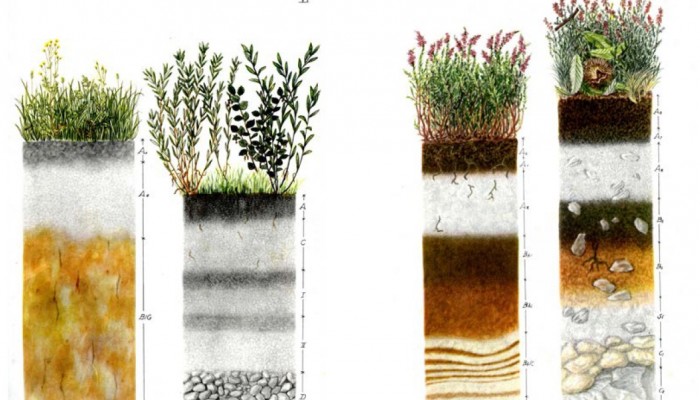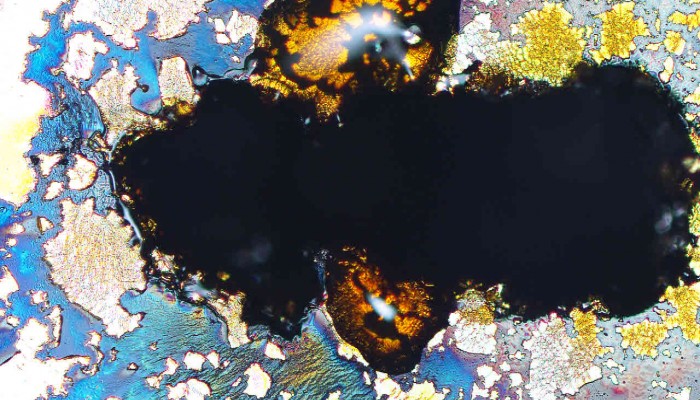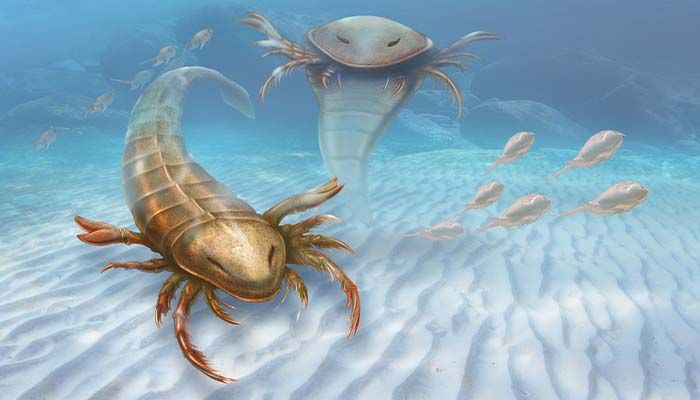When you think of soil, what is the first thing that comes to mind? The answer will depend on your perception of soil: to some it has a patriotic meaning (“soil of Britain”, for example), while to others it has a strong agricultural connection and to an Earth scientist, well, it’ll depend on their field of expertise. A geotechnical engineer’s perception of soil is different to how it might be view ...[Read More]
Geosciences Column: Soil in art




